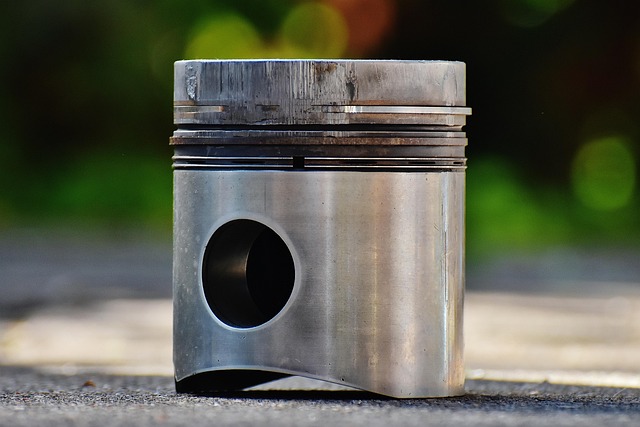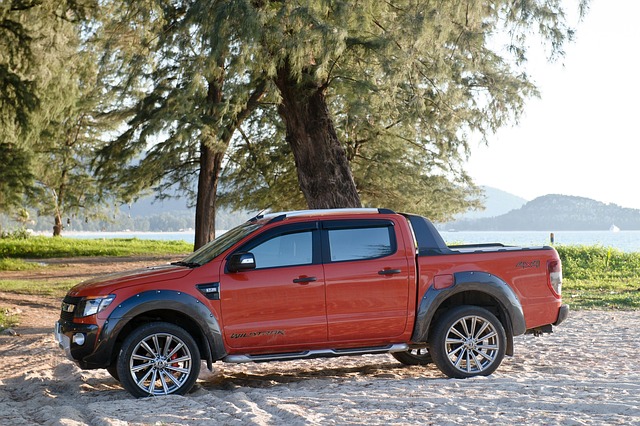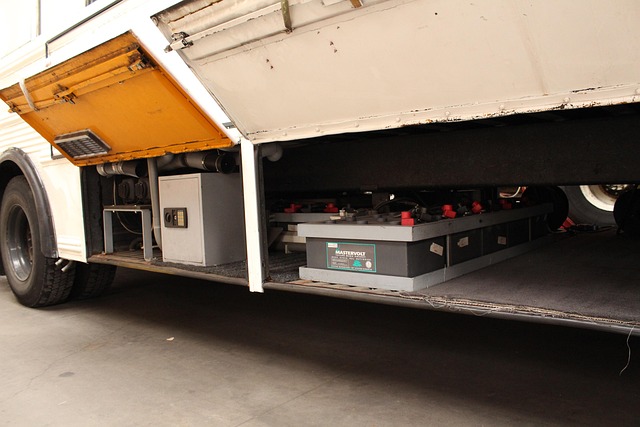Looking to register your car in California? This comprehensive guide walks you through every step, from understanding key requirements to securing your license plate. We break down essential documents needed, prepare you for a smooth DMV visit, and detail the crucial VIN verification process. By following these steps, you’ll be on your way to legally registering your vehicle in the Golden State. Don’t forget to check out our tips for a successful dmv vin verification.
- Understand California Car Registration Requirements
- Gather Necessary Documents for Registration
- Schedule and Prepare for DMV Visit
- Perform VIN Verification Process Step-by-Step
- Complete Registration and Obtain Your License Plate
Understand California Car Registration Requirements

Before registering your car in California, it’s crucial to understand the state’s specific requirements. The California Department of Motor Vehicles (DMV) mandates several steps for new and transferring vehicle ownership, ensuring road safety and proper identification. One essential step is the DMV vin verification process, which checks the Vehicle Identification Number (VIN) to confirm the vehicle’s authenticity and history.
This involves a detailed inspection, including checking for any outstanding issues like salvage or theft, which can impact registration. A mobile vin inspection or using a mobile vin verifier can simplify this process by allowing you to complete the verification remotely, saving time and effort. Ensure your vehicle meets all California emissions standards and has the necessary insurance in place to streamline the registration process at your local DMV office.
Gather Necessary Documents for Registration

Before heading to the DMV for car registration, it’s crucial to gather all necessary documents. This includes your vehicle’s title, which demonstrates ownership and must be signed over to you by the previous owner. Additionally, you’ll need a valid driver’s license or state-issued ID card, proof of insurance, and payment for the registration fee. A key document for this process is the DMV VIN verification form, which requires accurate information about your vehicle, such as its make, model, year, and unique VIN (Vehicle Identification Number).
For added convenience, many individuals opt for a mobile vin inspection or mobile vin verification service. These services send a professional to your location to conduct the necessary checks, ensuring all paperwork is in order before you visit the DMV. This can save time and effort, especially if you’re short on it or prefer not to navigate the DMV during peak hours.
Schedule and Prepare for DMV Visit

Before heading to the DMV, it’s crucial to schedule a time that works for you and prepare any necessary documents. This visit isn’t just about registration—it involves essential steps like a DMV VIN verification, ensuring your vehicle’s identity is confirmed through its unique Vehicle Identification Number (VIN). Consider scheduling a mobile vin inspection or vin inspection in advance, as this can save valuable time on the day of your visit and streamline the overall process.
Make sure you bring all required paperwork, including proof of insurance, a valid driver’s license, and any previous registration documents. Being prepared will not only make your DMV experience smoother but also prevent delays caused by forgotten items.
Perform VIN Verification Process Step-by-Step

Performing a DMV VIN verification is a crucial step when registering your car in California. Here’s a straightforward guide on how to do it:
1. Obtain Your Vehicle Identification Number (VIN): Check your vehicle’s registration, insurance papers, or look under the hood for the VIN, usually located on a plate near the driver’s side door frame.
2. Choose a Method: You can verify the VIN online through the California DMV website, which is recommended due to its efficiency and accessibility. Alternatively, you can also perform a mobile VIN inspection where a professional comes to your location to conduct the check. This option is ideal if you have limited access to digital resources or prefer not to visit a DMV office.
For the online process, visit the official DMV website and locate the VIN verification section. Input your VIN and follow the instructions provided. The system will cross-reference your VIN with its records to ensure its authenticity and history. This method is quick, often immediate, and allows you to complete registration procedures remotely. If opting for a mobile vin inspection, make sure to book an appointment with a reputable service provider who can perform a thorough vin inspection right at your convenience.
Complete Registration and Obtain Your License Plate

After submitting all the necessary documents and fees, it’s time to complete your car’s registration process by obtaining your license plates. This involves a crucial step known as DMV VIN verification, where the Department of Motor Vehicles (DMV) cross-references your vehicle’s unique Vehicle Identification Number (VIN) against their records. This inspection ensures that your car meets all safety and legal standards.
Once your VIN is verified, you can proceed to pick up your personalized license plates at a designated DMV office. Alternatively, some services offer the convenience of mobile VIN verification and plate delivery, allowing you to skip the wait and have everything done from the comfort of your home or on-the-go with a mobile vin inspector.
Registering a car in California involves understanding key requirements, gathering essential documents, preparing for a DMV visit, completing a VIN verification process, and finally obtaining your license plate. By following these steps and ensuring proper documentation, you can successfully navigate the process, making your vehicle legal on California roads. Remember to prioritize safety and compliance with dmv vin verification for a seamless experience.
